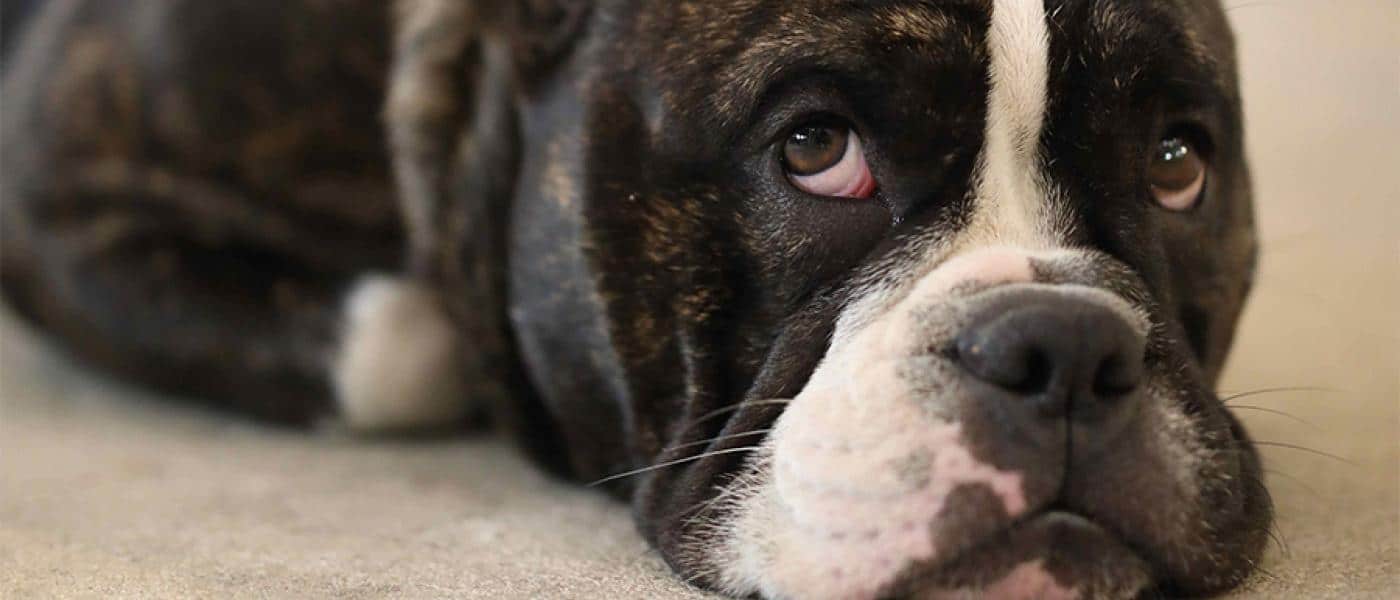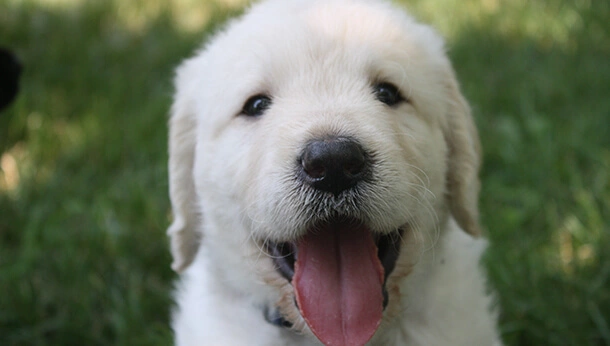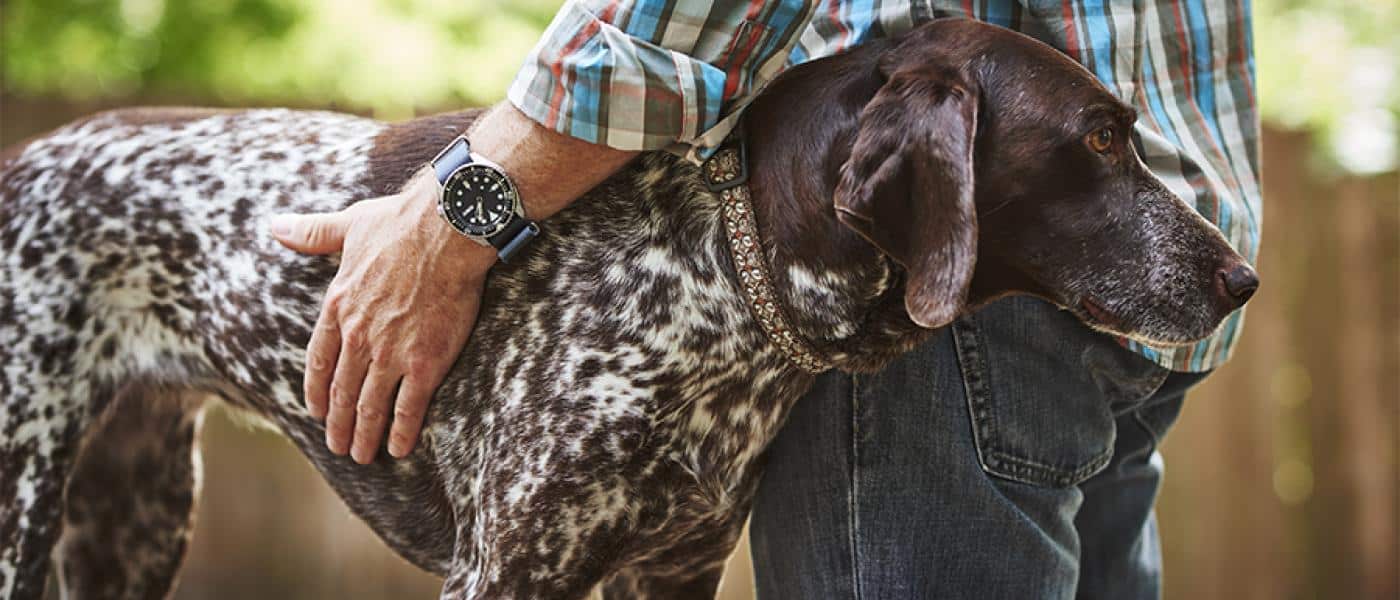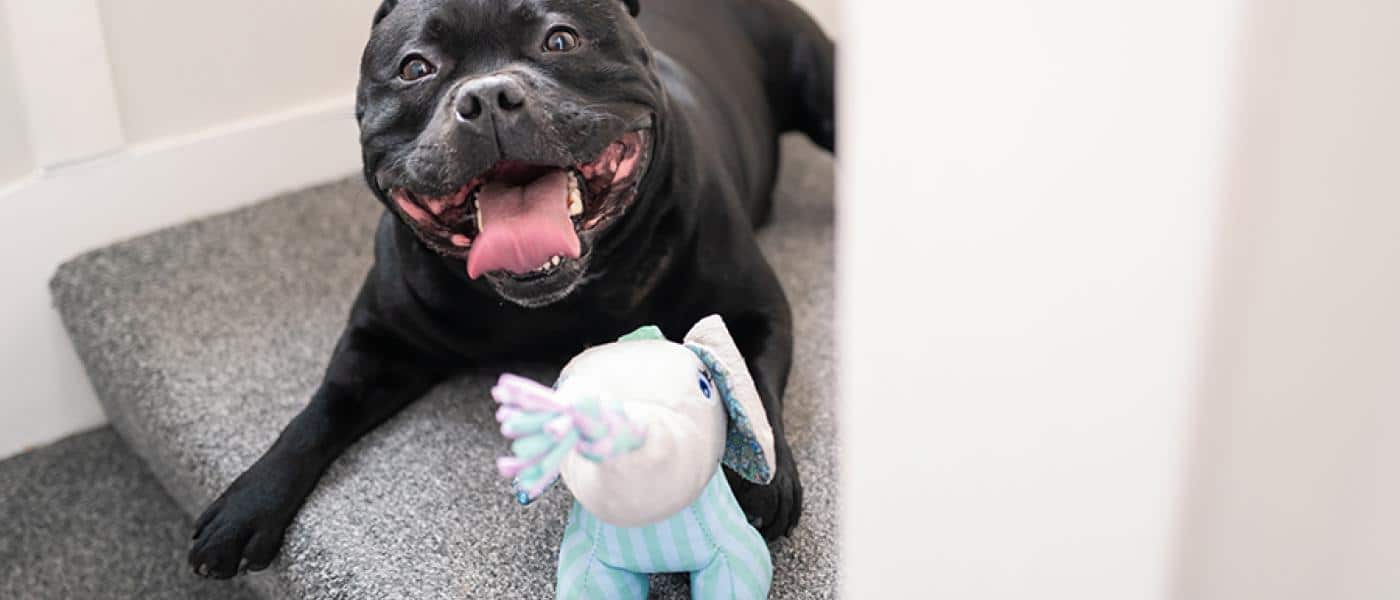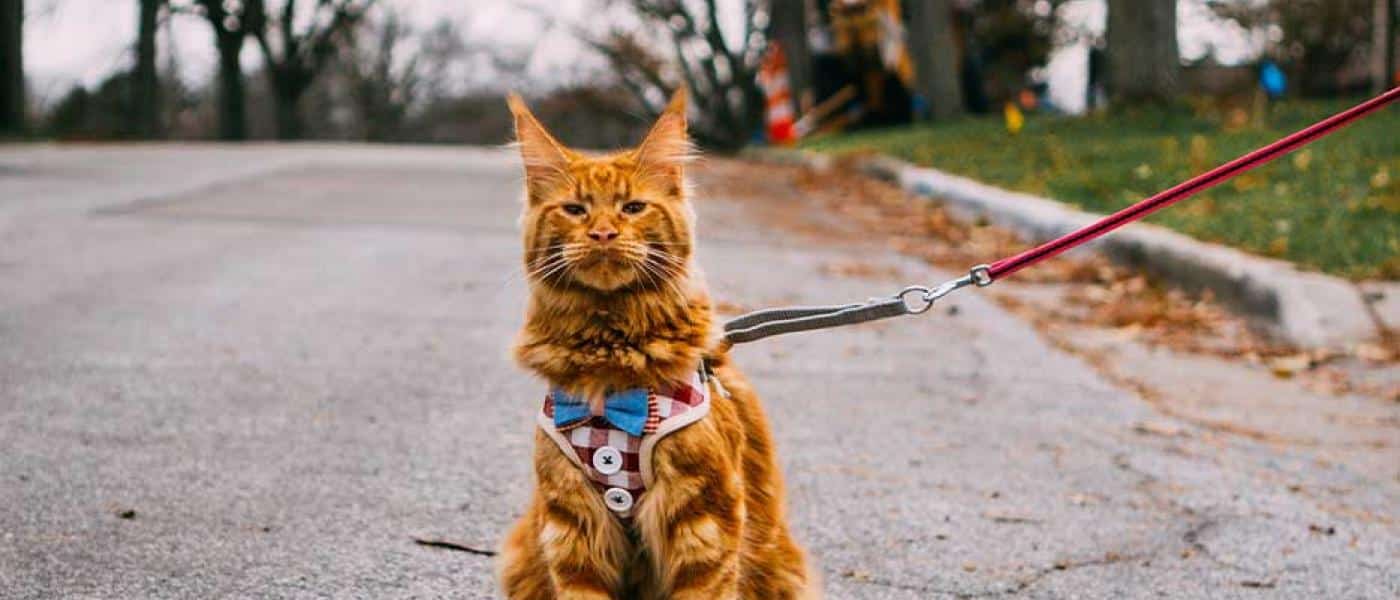Nothing is cuter than when your dog follows you from room to room, wanting to stay as close as possible. But what happens when this cute behavior turns into anxiety for your dog?
For some dogs, the moment their pet parents head out the door, a cycle of separation anxiety starts. This can be distressing for your dog and lead to unwanted behaviors.
However, if your dog is dealing with separation anxiety, don’t despair. Many dogs who deal with separation anxiety become well-adjusted and are happy to spend time alone. The key is to understand the signs of separation anxiety, the common causes, and how to treat this type of anxiety in your dog.
Signs of Separation Anxiety in Dogs:
If you are concerned your dog might have separation anxiety, it can help to first answer: What does separation anxiety look like in dogs?
While not all dogs will act exactly the same, the following are a few potential symptoms of separation anxiety in your canine family member:
- Excessive barking or whining when you leave
- Destruction of property while you are away
- Having accidents in the house when otherwise housetrained
- Attempts to escape from the home or yard
- Panting or pacing when you are away
It is important to note that many signs of separation anxiety in dogs can also be signs of other underlying health conditions. Always schedule a visit to your vet for a professional diagnosis and to rule out any other health concerns.
What Causes Separation Anxiety in Dogs?
When you pick up your keys and head toward the door, why does your dog begin to whine, cry, or bark? While not all dogs will experience separation anxiety, many will. Additionally, the cause of separation anxiety can vary from dog to dog.
Some causes include:
- A lack of exposure to being alone: Perhaps you adopted your dog when you worked from home or when someone was always present in the house. If your dog isn’t used to being alone, it can be a new and somewhat scary experience.
- A traumatic experience: If your dog recently lost its companion, such as another pet in the home, separation anxiety can develop as your dog adjusts to a new normal.
- Alternatively, if you adopted your dog, it may have gone through a traumatic experience in the past that makes it anxious when left alone.
- A genetic predisposition: In some cases, your dog might just be naturally prone to anxiety when you’re away.
- A learned behavior: It’s worth noting that sometimes, dogs develop separation anxiety through learned behavior. If you reward your dog with food, attention, and treats for displaying anxious behavior, it may continue to exhibit this behavior to receive the same rewards.
6 Ways To Treat Separation Anxiety
After a visit to the vet, if you’ve ruled out any health concerns and you are simply dealing with an anxious dog, don’t fret. Use the following ideas to help your dog become happy and well-adjusted while you are away from the home.
1. Start Slow
Rather than expecting your dog to be secure while you are away for hours at a time, acclimate them to being alone slowly. Begin by spending 30 minutes in the yard. Then, when your dog gets used to that, take a long walk around the neighborhood. Slowly increase the time you are away to help your dog adjust.
You should also pay attention to any routines that might be triggers for your dog. For example, if picking up your car keys sets your dog into a panic, practice picking up your keys and simply walking to the front of the yard and returning. Normalizing these actions can take the anxiety out of triggers.
2. Consider a Dog Walker
If you are going to be away for hours at a time, consider hiring a dog walker to take your dog on a midday adventure and to break up the time alone. There are numerous services, such as Rover and Wag, that can match you with a qualified, experienced dog walker.
3. Provide Toys and Puzzles
Sometimes, the best cure for anxiety is to distract your dog with something it enjoys. A new toy and interactive puzzles can help keep your dog engaged and can help it forget about your absence.
Make sure you only leave your dog alone with toys and games that are specifically labeled as safe for use without supervision. Never leave your dog alone with a chew toy that could be a potential choking hazard.
4. Start the Day With a Walk
First thing in the morning, take your dog for a long walk or jog. A tired dog will often settle in for a nice nap rather than pace the floor awaiting your return. As a bonus, you, too, will benefit from the morning exercise.
5. Enroll Your Dog in Daycare
If your dog enjoys socializing, consider enrolling it in doggy daycare. Often, even a couple of visits a week will tire out your dog enough to help it relax more during days at home. Additionally, many doggy daycares offer training services, which will help teach your dog how to feel calm and confident in numerous settings.
6. Consider a Companion
If you only have one dog in your home, you might consider bringing home another canine companion. Dogs often do better when they have a friend to share their day with. Remember, if you do plan to bring home a second pet, be sure to talk to your vet about how to introduce and acclimate your furry family members to each other.
Supplements & Medication for Separation Anxiety
Another option for helping your anxious dog feel calmer is to provide it with a supplement that supports relaxation. For example, Wellness Calm Relaxation Support Soft Chews are scientifically formulated to support calmness in dogs with normal stress levels. The active ingredients in this supplement include L-Theanine, L-Tryptophan and GABA to help support relaxation and calming, while also including prebiotics and probiotics to help support a healthy digestive system that may experience mild upsets with stress.
In some cases, extra-anxious dogs might even benefit from medication for separation anxiety. However, you should never give your pet any medication or supplements without first speaking to your vet. If your dog is continuing to battle anxiety when you are away, ask your vet about what options are best for your dog.
Helping Your Dog Lead a Healthy, Happy Life
As a pet parent, you want what’s best for your dog. If your dog is dealing with separation anxiety, remember, you’re not alone. Many pet parents go through the same struggle. Nevertheless, with the help of your vet and the right actions on your part, you can help your dog adjust to being alone. At the end of the day, you’ll be greeted by the happy, wiggly joy of your furry friend.

